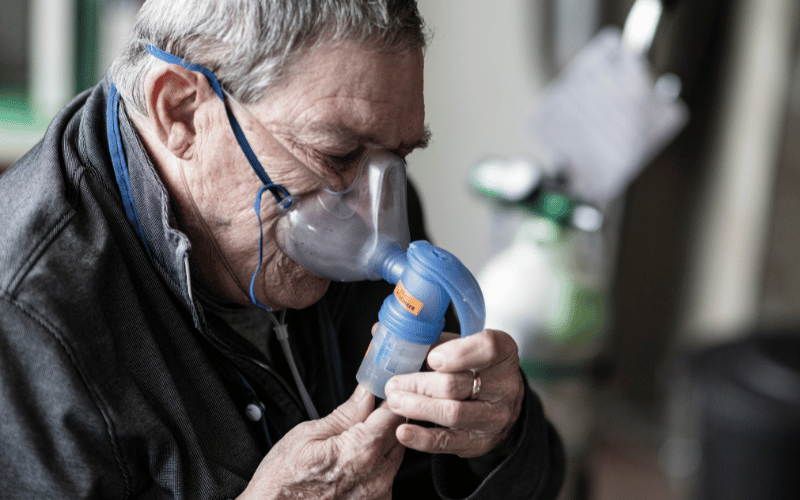12. Pulmonary Diseases: Lung Conditions and Eosinophilic Responses

Various lung diseases and conditions can trigger an eosinophilic response. This section covers the role of eosinophils in pulmonary disorders, the types of lung conditions that can lead to eosinophilia, and the strategies for managing these complex issues.
In lung diseases such as chronic obstructive pulmonary disease (COPD) and certain forms of pneumonia, eosinophils can accumulate in the lung tissue. This accumulation is part of the body’s immune response but can exacerbate lung damage and inflammation.
Eosinophilic pneumonia, both acute and chronic, is a prime example of a pulmonary condition with an eosinophilic component. In these cases, eosinophils infiltrate the lungs, leading to symptoms like coughing, shortness of breath, and chest discomfort.
Diagnosing eosinophilic lung conditions often involves imaging studies like X-rays or CT scans, along with blood tests to measure eosinophil levels. Managing these conditions requires a combination of treating the lung disease and controlling the eosinophilic response, often with corticosteroids.
Treatment must be individualized, focusing on the specific lung condition and the severity of the eosinophilic response. In addition to medication, lifestyle modifications, such as quitting smoking in the case of COPD, are crucial for effective management. (12)